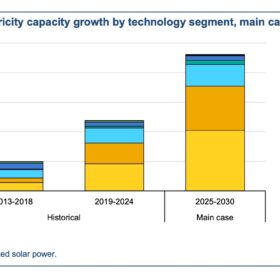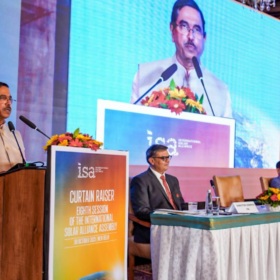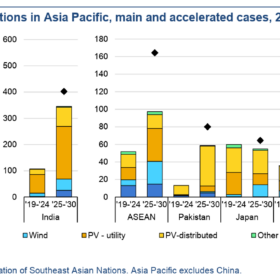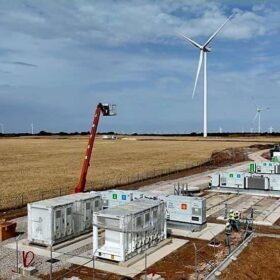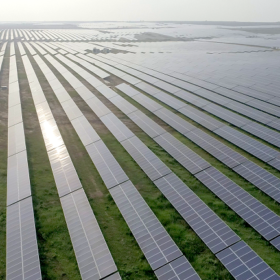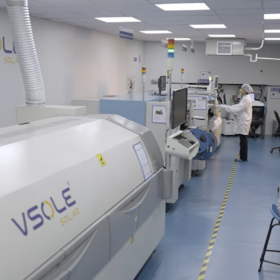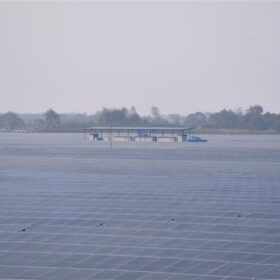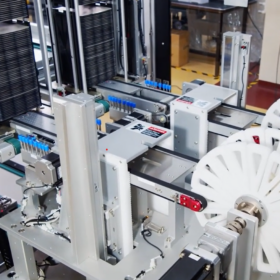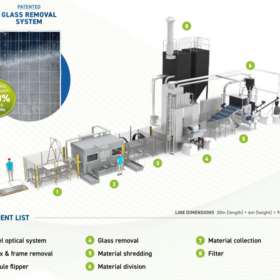Saatvik Green launches on-grid inverters for residential and C&I solar projects
Saatvik Green Energy has launched the UDAY Series on-grid solar inverters. The series includes single-phase inverters (1.1 kW–6 kW) for residential and small commercial rooftops and three-phase inverters (6 kW–50 kW) for residential, commercial and industrial applications.
IEA lowers 2025-30 forecast for global solar growth
The International Energy Agency (IEA) cut its 2025–30 renewables forecast by 5%, citing lower solar additions, though PV still represents nearly 80% of 4.6 TW expected growth.
Eighth Assembly of International Solar Alliance scheduled from Oct. 27-30 in New Delhi
The International Solar Alliance (ISA) Assembly will focus on four key areas: catalyzing finance for solar projects, building global capability centres and advancing digitization, enhancing regional and country-level engagement, and developing technology and policy roadmaps.
Eastman launches ‘Solar Access LIB’ inverter with integrated lithium battery
Eastman Auto & Power Ltd has launched Solar Access LIB, an all-in-one, plug-and-play unit that integrates an inverter with a lithium-ion battery to simplify solar adoption for homes and businesses.
IEA revises India’s 2025-30 renewables growth forecast upward by 10%
The International Energy Agency (IEA) expects India to add nearly 345 GW of renewable energy capacity between 2025 and 2030 — a 10% increase over last year’s forecast. The upward revision is driven by record auction volumes in 2024, a new rooftop solar scheme, and faster permitting for pumped storage hydropower projects.
Spain’s solar capacity to hit 152.8 GW by 2035, says GlobalData
GlobalData projects Spain’s renewables to reach 218.1 GW by 2035, while solar will drive growth with 152.8 GW of capacity.
Enphase launches AC-coupled battery for residential and small commercial solar
Enphase Energy’s IQ Battery 5P with FlexPhase supports both single-phase and three-phase applications, addressing the needs of India’s growing residential and small commercial solar markets
New study reveals 3,343 GWp deployable ground-mounted solar potential in India
India has an estimated 3,343 GWp of deployable ground-mounted solar PV potential (DC capacity), significantly higher than the 2014 total estimate of approximately 748.98 GWp, according to a new comprehensive study by the National Institute of Solar Energy (NISE). This updated figure is based on an analysis of 27,571 km² of technically feasible land — about 6.69% of the country’s total identified wasteland area (412,458.37 km²).
Vsole Solar opens inverter factory
Vsole Solar Energy has inaugurated its fully integrated in-house solar inverter manufacturing facility with a capacity to produce more than 20,000 inverters every month.
India installed 17.5 GW solar in first five months of this fiscal: ICRA report
India installed 17.5 GW of solar and 2.6 GW of wind power capacity in the first five months of FY2026 (April–August 2025), according to a new report by ICRA.

